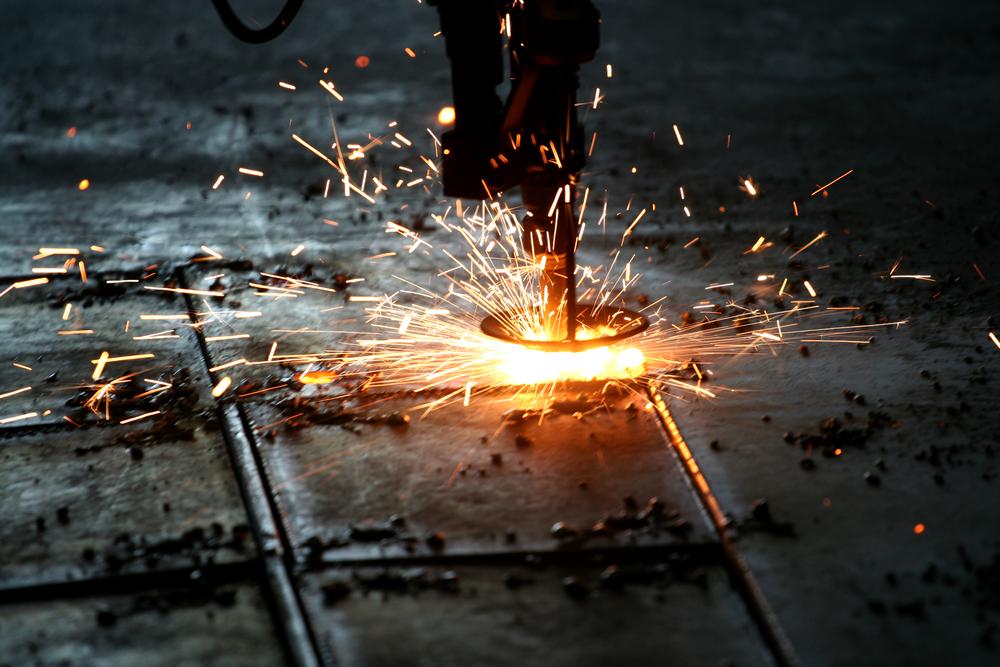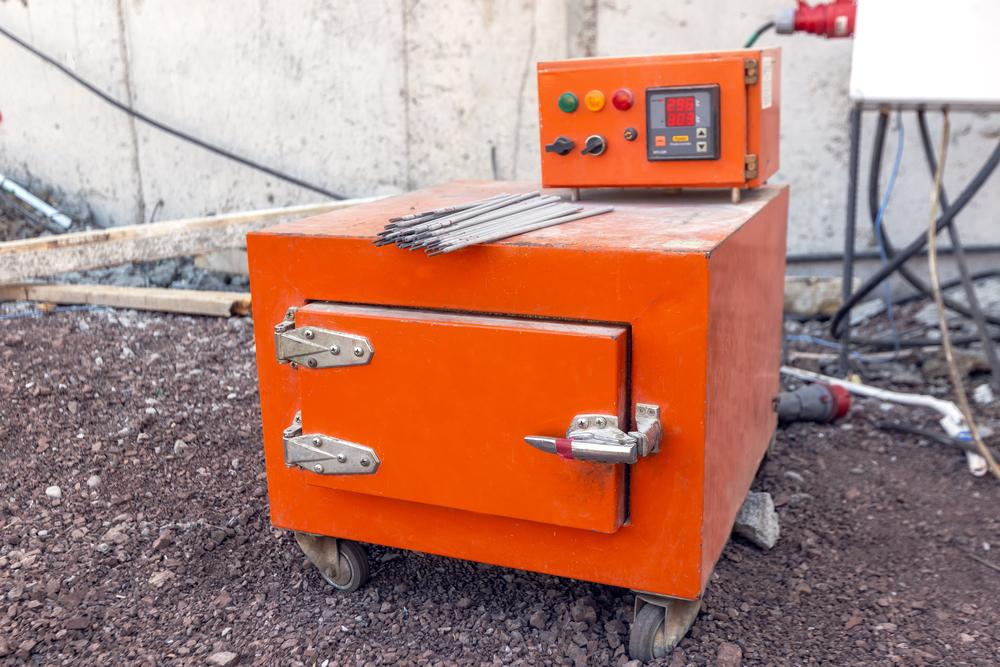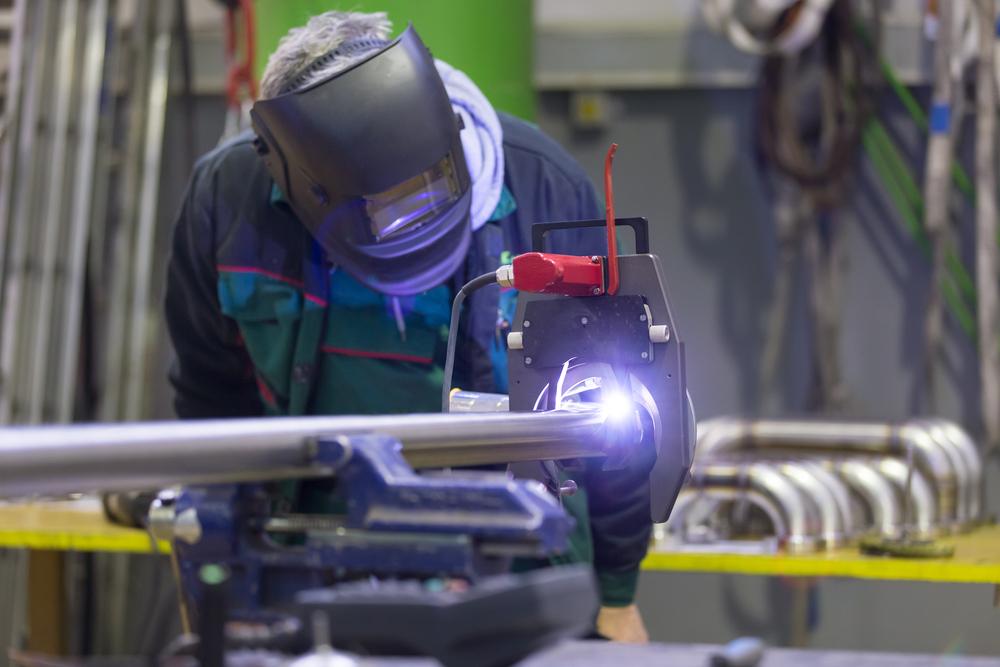Introduction:
Laser welding with laser technology is becoming more and more cultivated and sophisticated with each passing day. And as the usage increases, we dive deeper into its further development by overcoming the complications and/or obstacles we might face. Just like all the other welding technologies, laser welding also comes with its own set of pros and cons. In today’s article, we will learn about the quality issues one might face along with industry-derived solutions for your ease.
Clearing some of the common issues that are seen while using Laser Welding Technology:
- What are the possible reasons and solutions for Welding deviation/deflection?
- Problems with Welding Wires: The wire feeding speed setting is either too low or is not running smoothly.
Solutions:
Examine if the indication of wire feeding resistance is large by checking the small motor current (which can be too large) on the wire feeder.
Examine if the actual wire feeding speed displayed on the cabinet is out of tolerance. To make sure that the wire feeding does not hinder and does not affect the normal welding, analyse if the deviation from theoretical value exceeds 3%. If it does then it’s too large – To analyse it, take out the wire 3 times at a fixed time and speed and measure its length.
Analyse the condition of the 690mm wire feed pipe at the front end of the wire feeder – if not good, see if it needs replacement. Check whether adjustment needs to be done for the pressing force of the guide roller.
- Problem with Parts of the machine:
Solutions: The Temporary scheme adjustable track aptly increases the speed of the feeding wire. It also helps if the y-direction position deviation excels the tolerance of the weld formed between the top cover and the side wall.
- Problems with Laser:
Solutions:
If the Welding offset is inconsistent then connect it to the basic HMI Software and regulate it in the direction of welding deviation
For the alignment of the positions of light and wire – examine if the end of the wire is at the centre of the cross fork and also cross-check the position of the light wire through the display.
If there are substantial burns or stains in the centre of the protective lens then it needs to be replaced.
Empty the track and examine the welding joint – if the cable harness connecting the force sensor and the top controller is pressed or tangled by other cables.
- What are the probable causes and solutions for the collapse of laser welding?
If the Robot’s Speed is uneven – crosscheck whether the robot’s position has changed largely. Also, examine if the parameters (especially CNT and ACC) of the robot are acceptable.
If the wire speed is too low – examine the actual and set value of the wire feeding speed and make the changes if required for correction.
Overboard in the Power of the laser can also pose an issue – Lessen the laser power accordingly.
- What are the reasons for Stomata (porosity) in laser welding and how to avoid it?
If the workpiece is not clean – This can be a major reason for the porosity. As the foreign particles and more amount of Zinc can occupy the space and do not let it weld without creating any pores. Verify the assent of incoming parts like foreign materials and mind well during cleaning too.
Impact of airflow – Examine if there is no air leakage. Go thoroughly with the compressed air on the fixture as well as the laser head.
- What are the causes for unsteady weld surface and their solutions?
Laser power might be inadequate – Check and increase the laser power accordingly if it is insufficient to proceed.
Inconsistency in the light flow because of stains on the protective Lens – It’s time to replace the lens if there are thick and dark stains in the centre of the lens.
The nozzle guiding the wire is tattered, following the jittering of the wire – Examine and replace if the nozzle is damaged or twisted, has lost its shape or is burnt.
- What happens when Starting and ending Arc Welding creates a lump and how to avoid it?
In case of deviation, examine the location of the arc starting and ending point in the empty track.
If the wire feeding delay and light delay are not matched – Wire feeding can be delayed when the arc starts overlay. And the laser light off can be delayed when the arc stops to overlay. Arc’s starting and finishing positions waver in the ‘X’ direction.
- How to avoid the burning between the start and ending arc?
Solution:
Arc stopping and burn-through can hinder stopping wire feeding and laser light output – Examine whether the wire feeding delay and laser delay are fairly matched.
- What machine alarms can interrupt laser welding and what to check in such a situation?
Process cabinets’ alarms like:
“Laser Source Error” and “Laser Program Number Loss” – Confirm the parameters of the laser or contact the laser machine manufacturer.
“No sheath Wire” or “Welding Wire Blockage” – Check the wire feeding speed sensor failure. Examine the wire feeding pipeline if its speed exceeds 10%.
Conclusion:
In today’s article, we all got some useful in-depth solutions to some of the problems arising during the process of laser welding. We hope that you can solve some of the issues by yourselves after going through our article. We would be glad to have feedback from our readers. It helps us to give better output every time when we get connected to our viewers. Keep viewing and stay connected with us.




